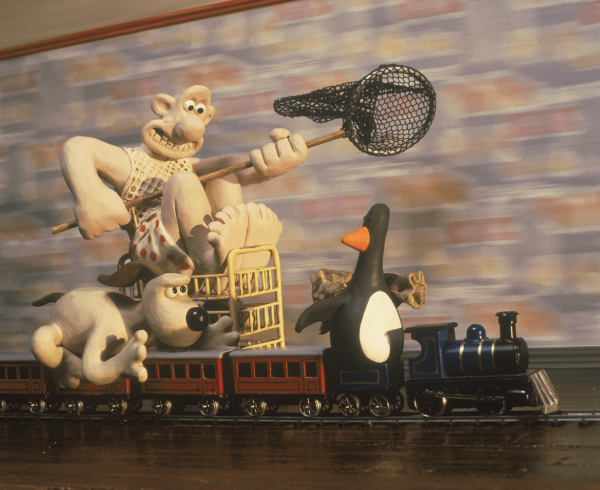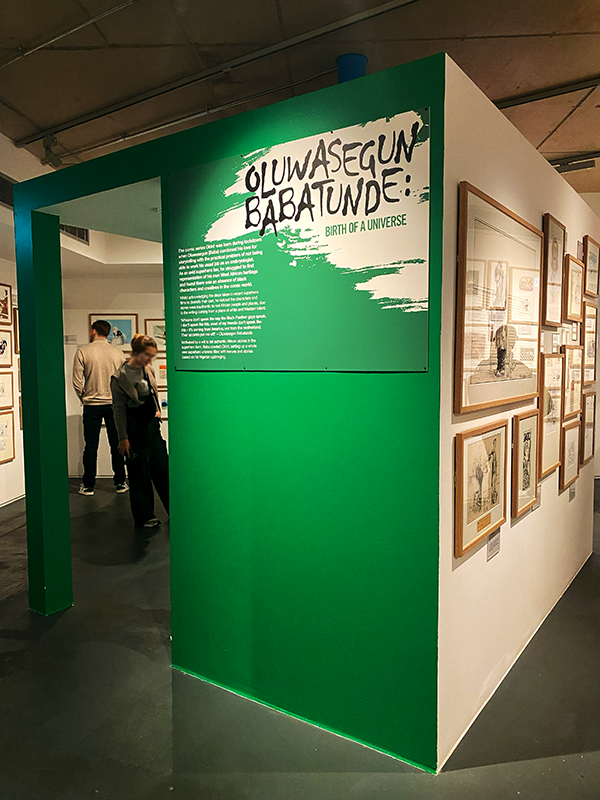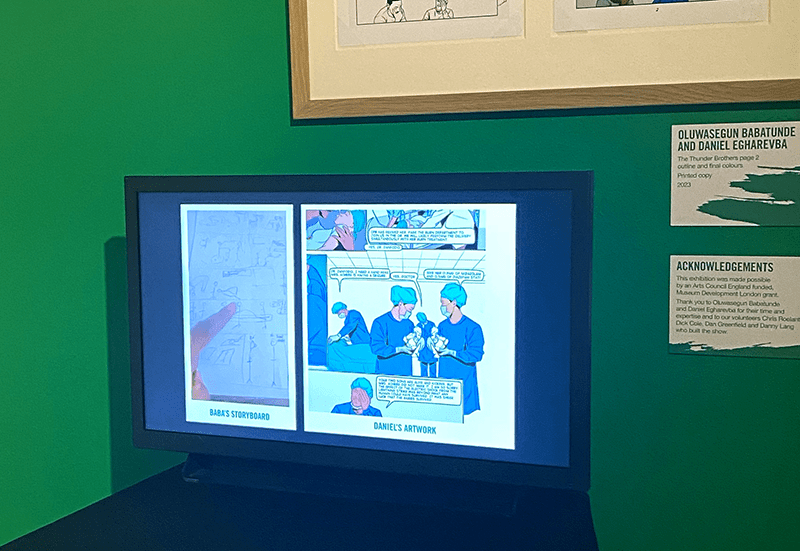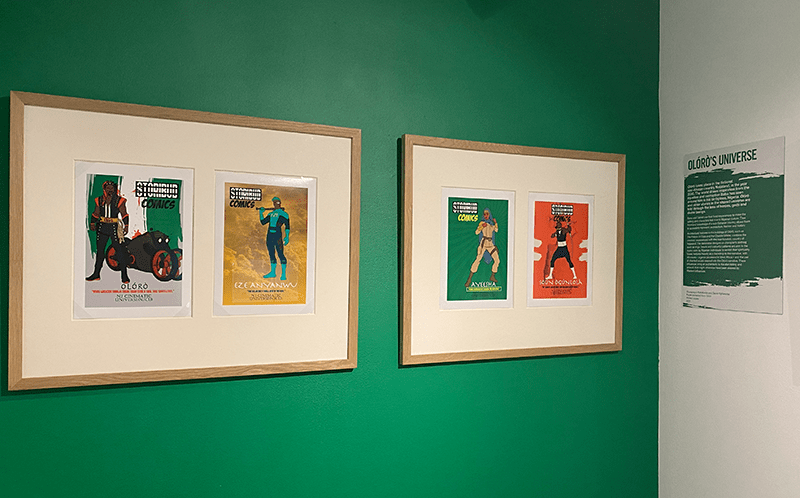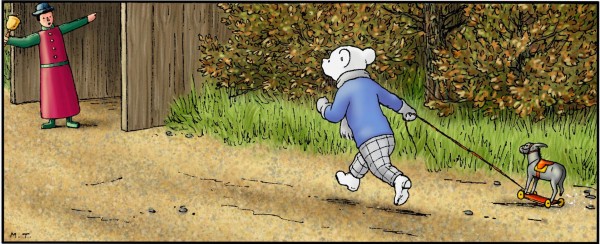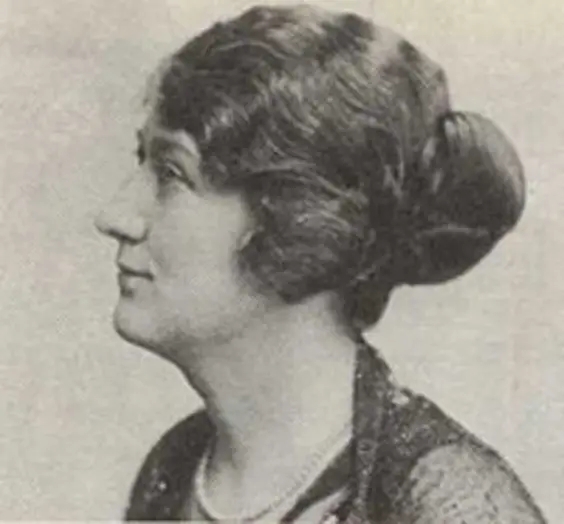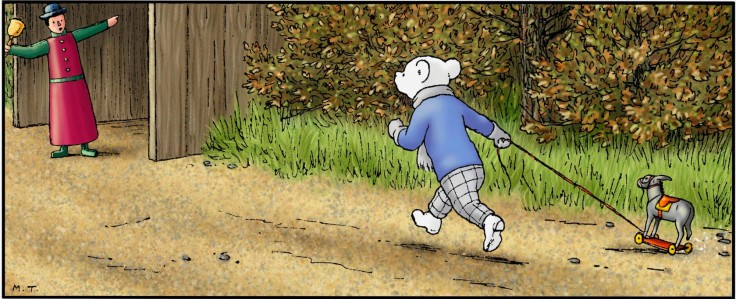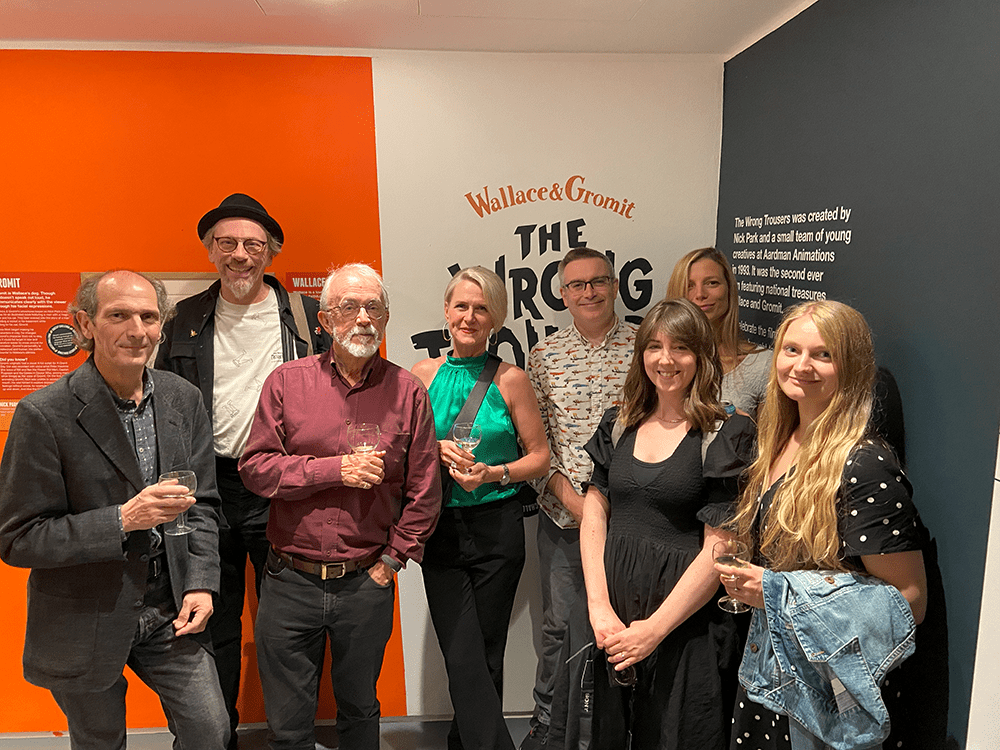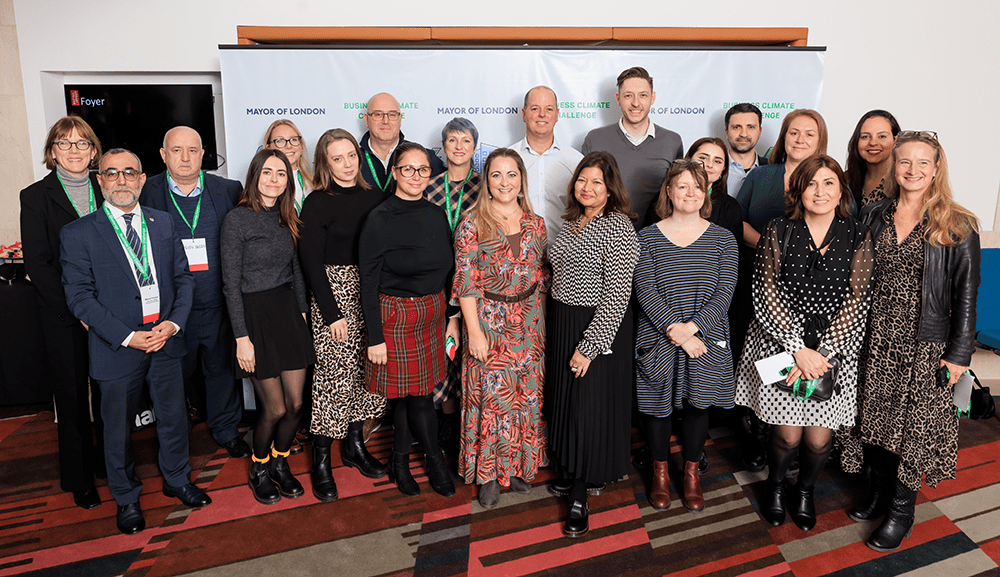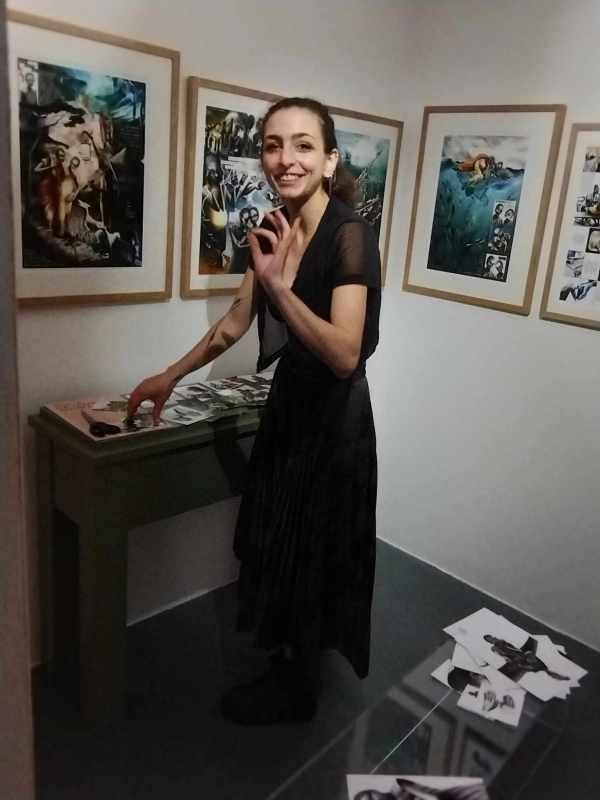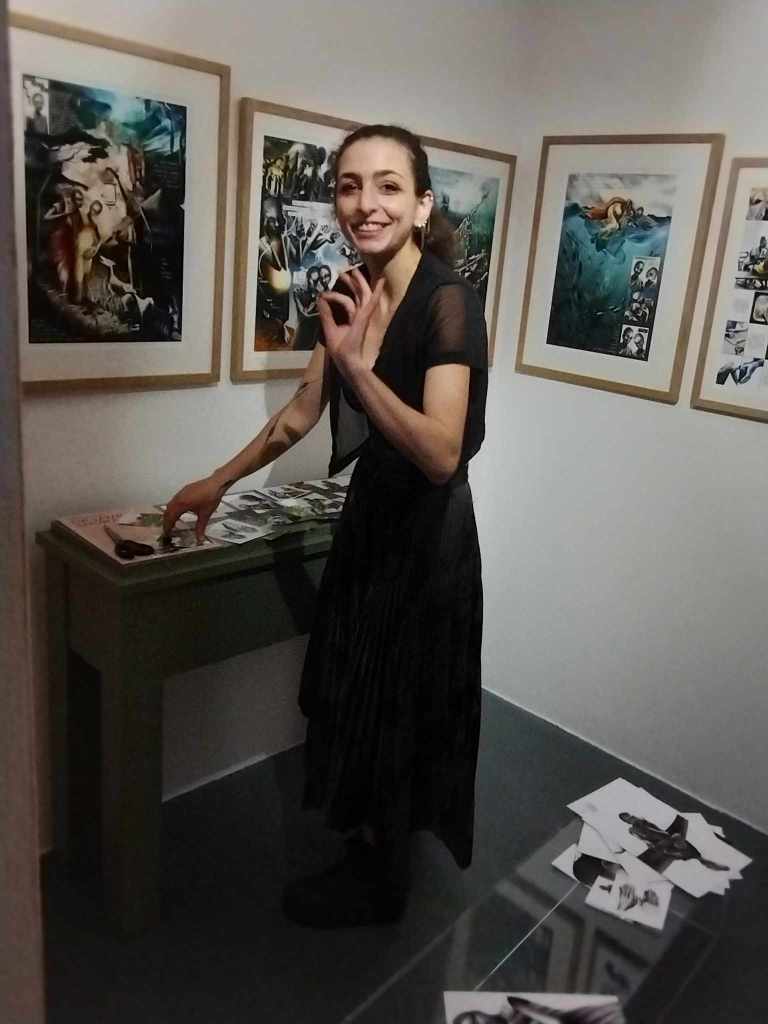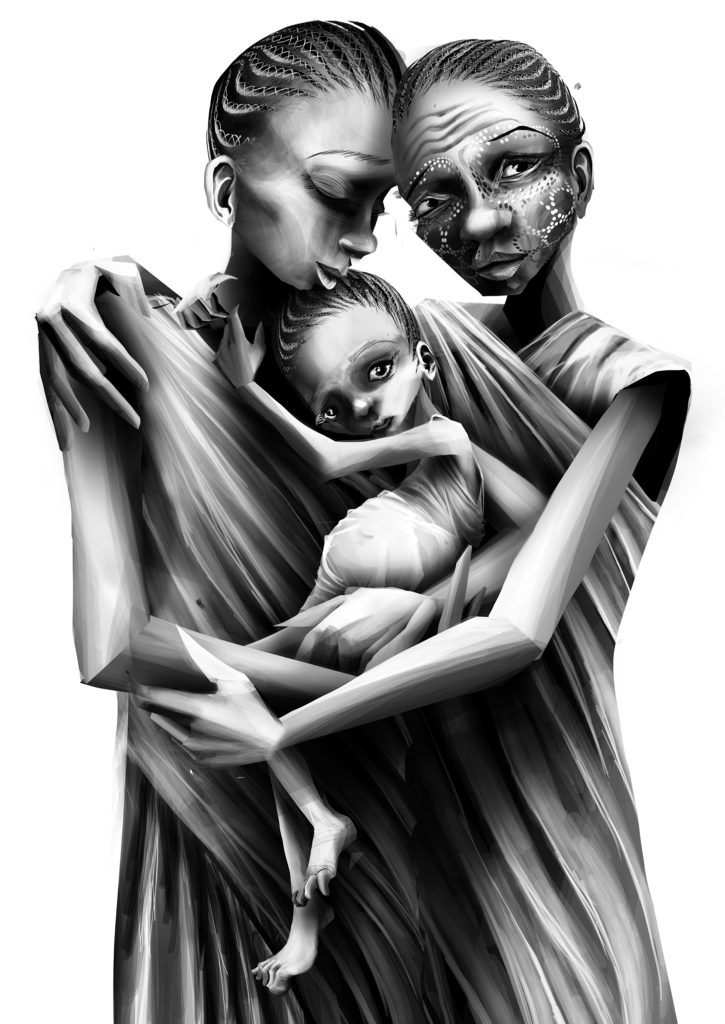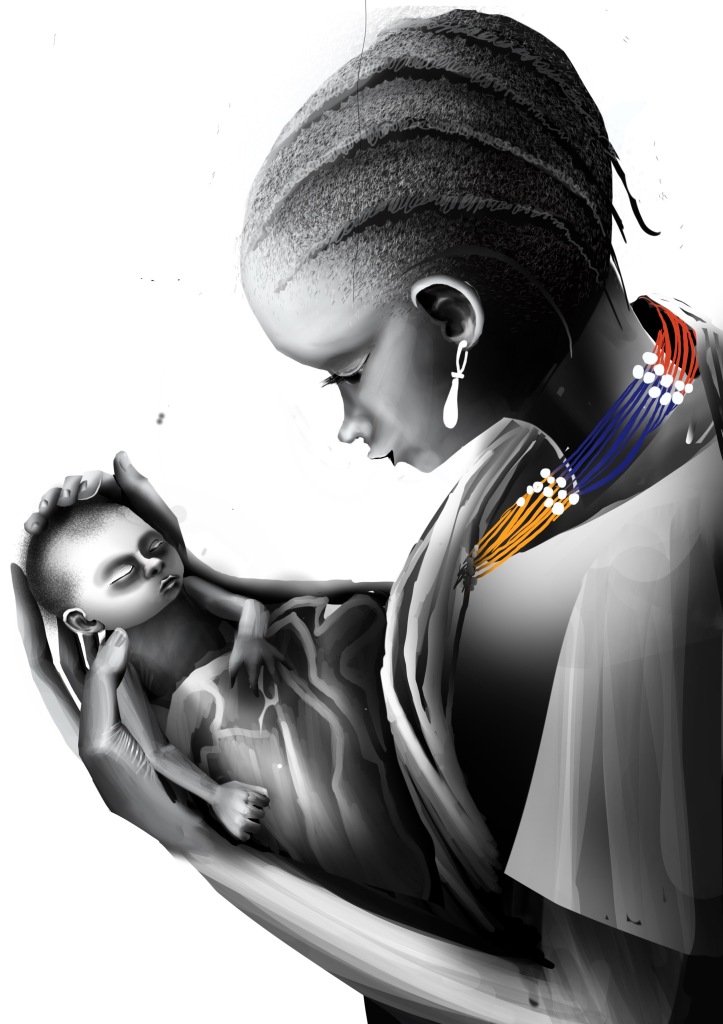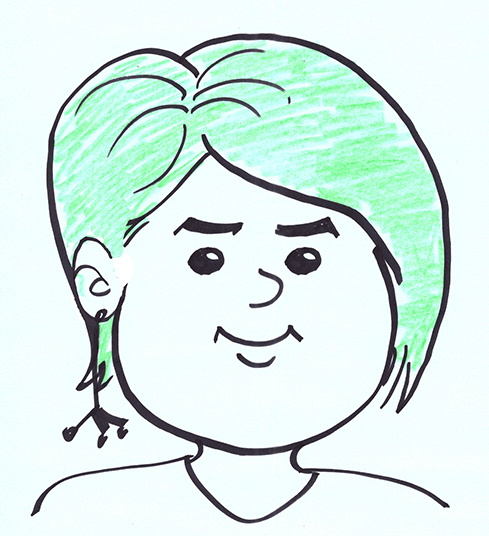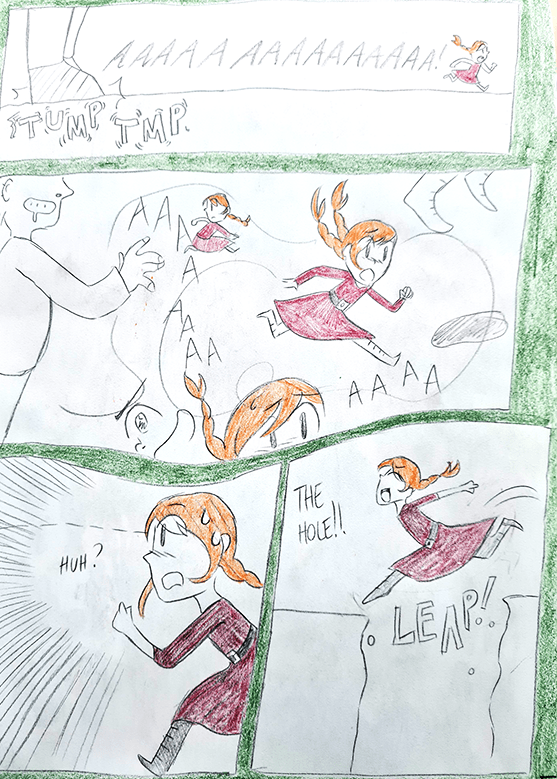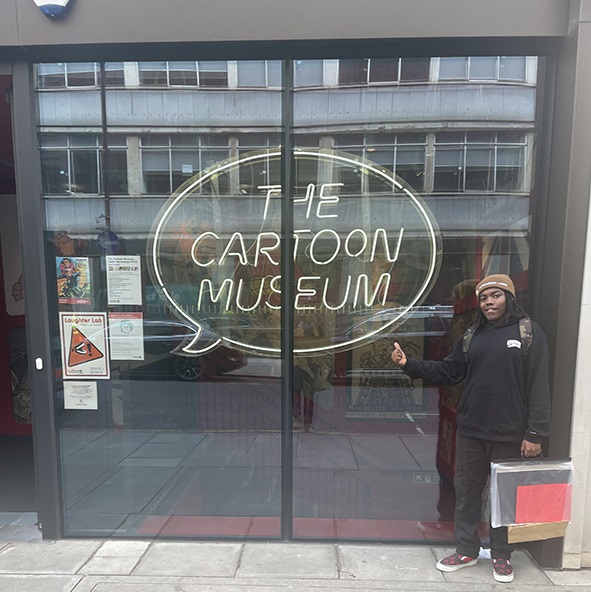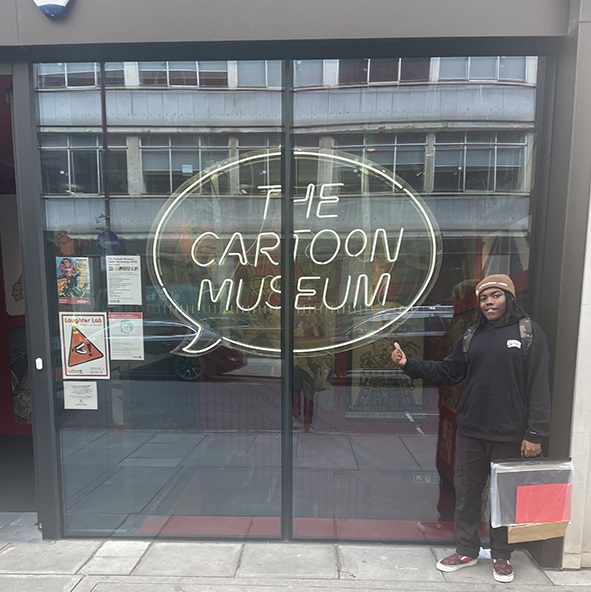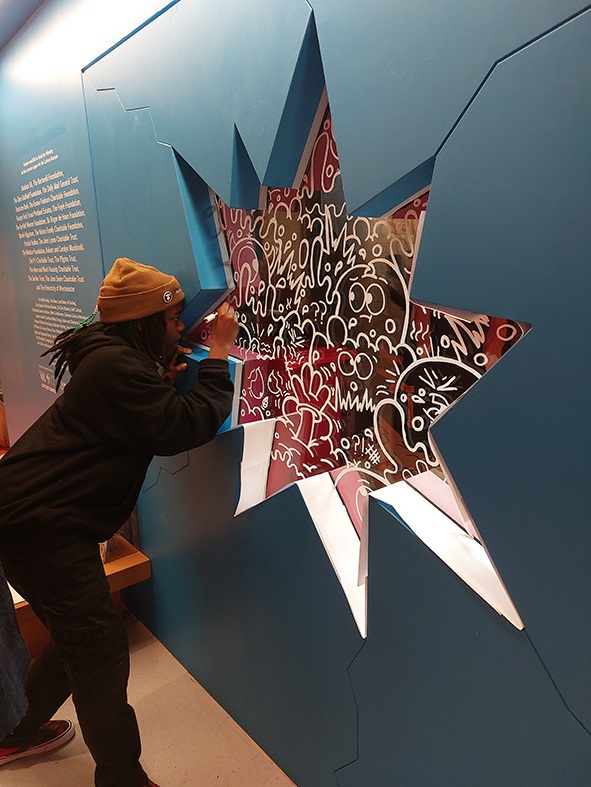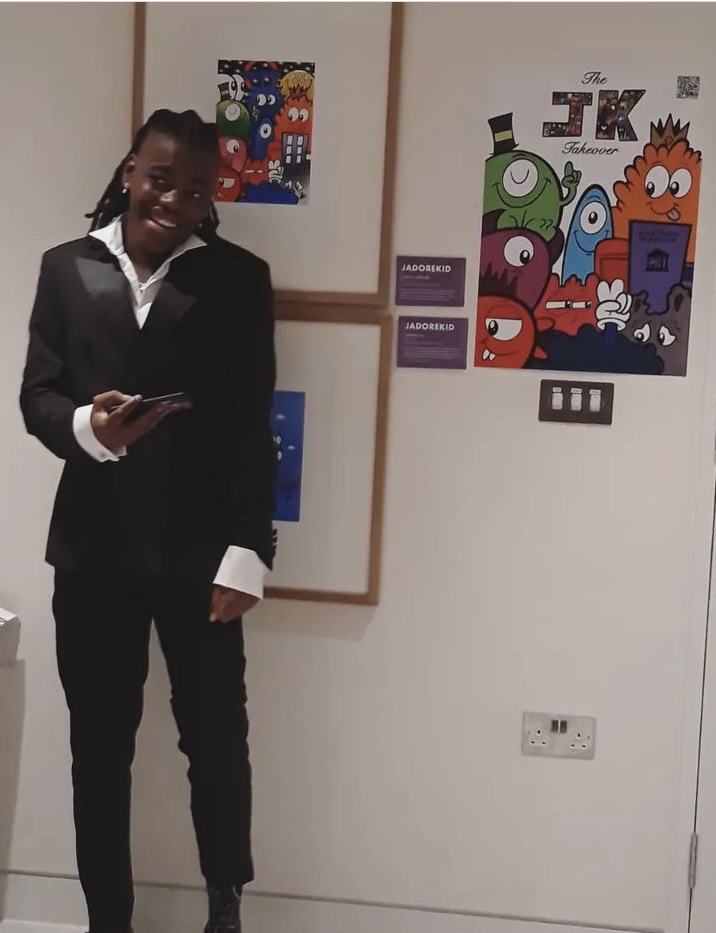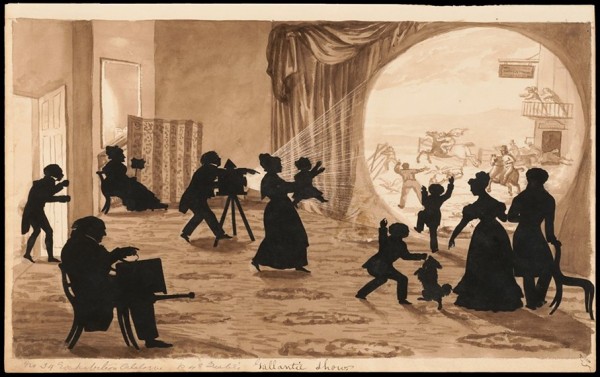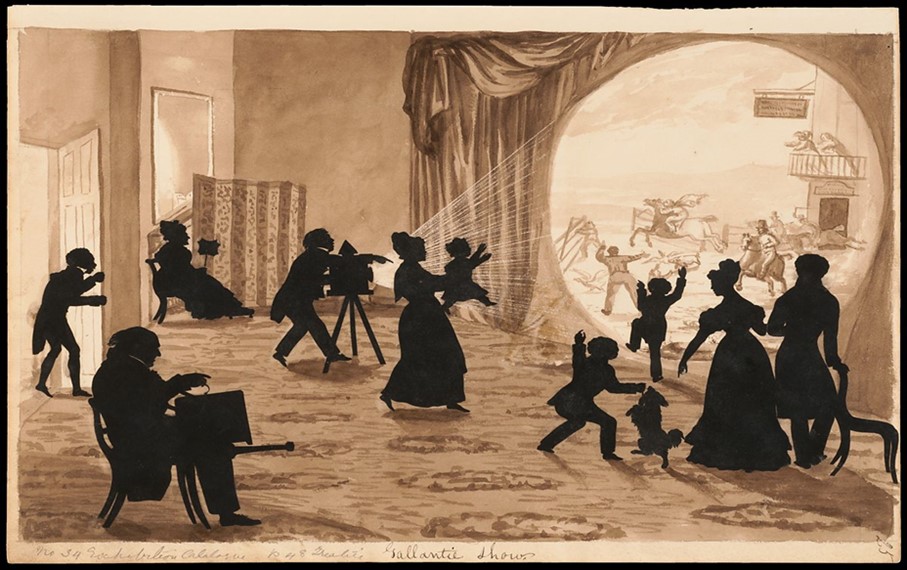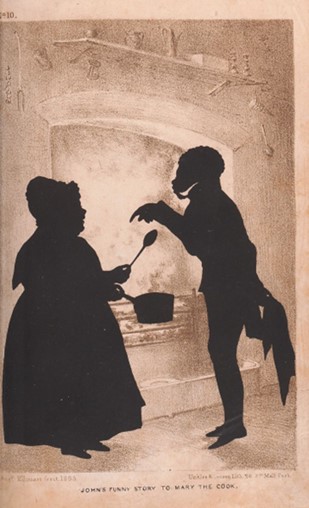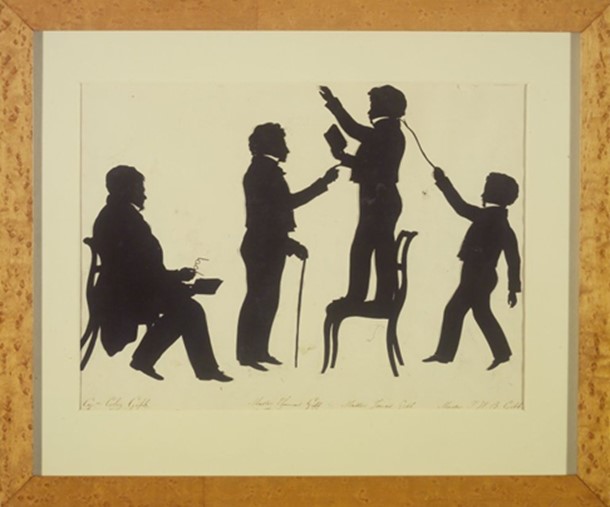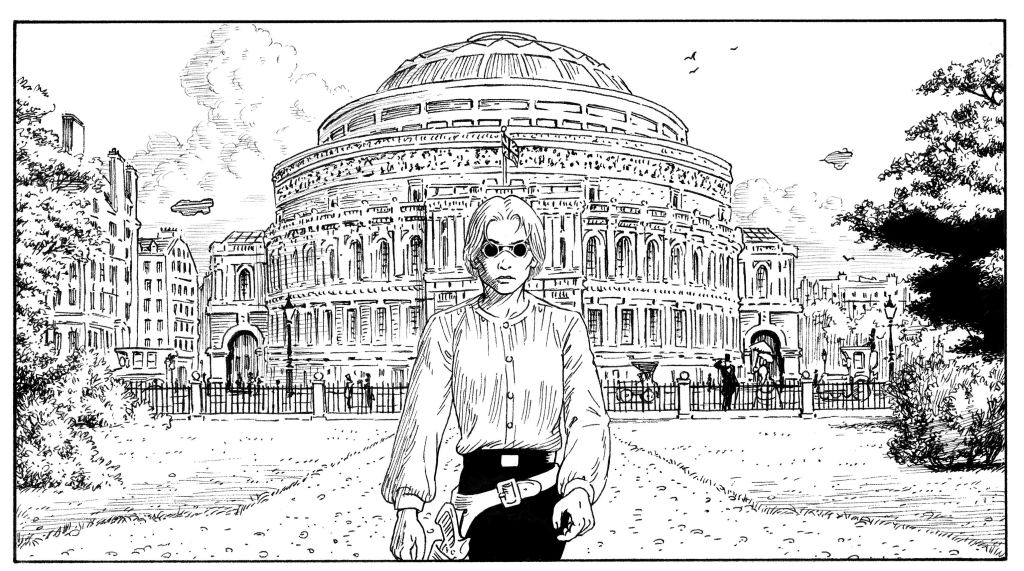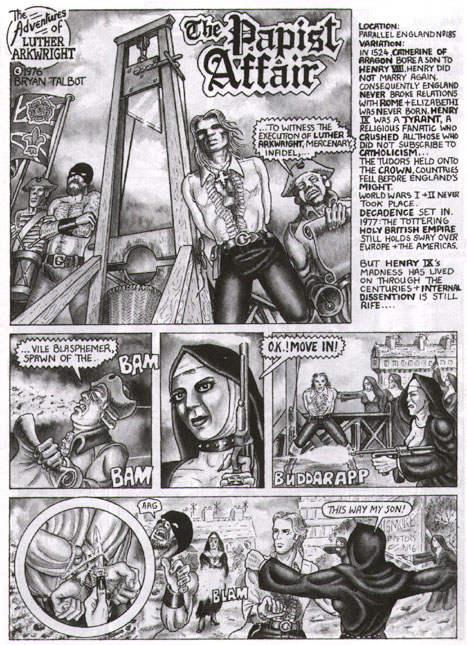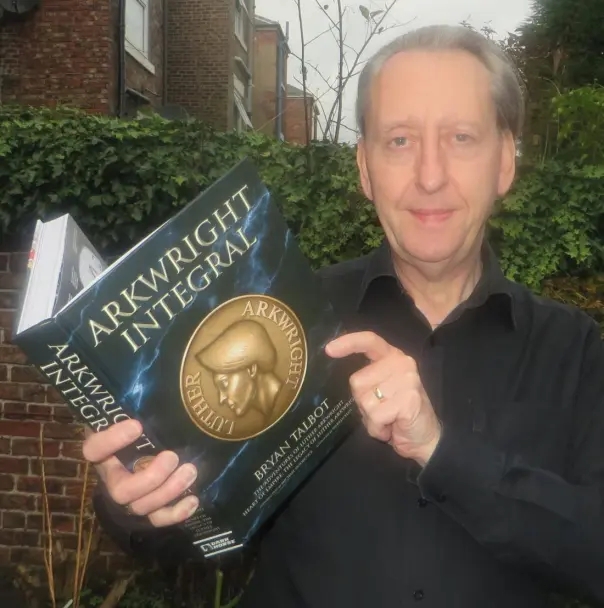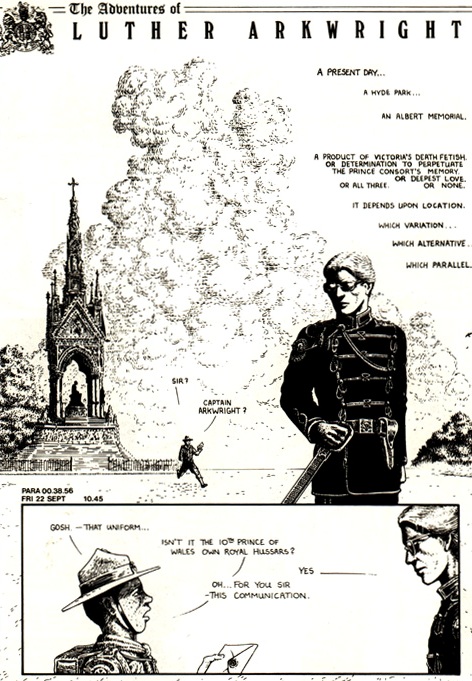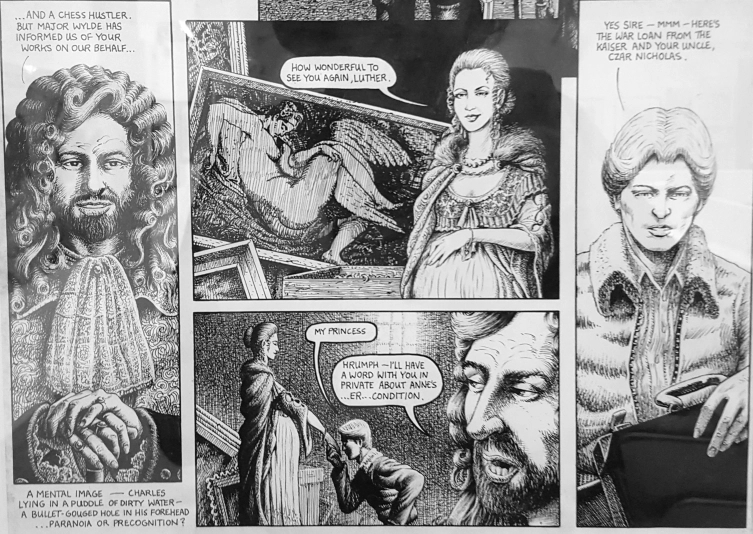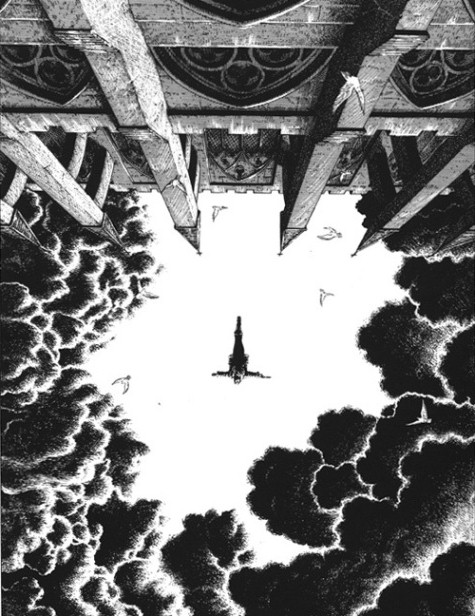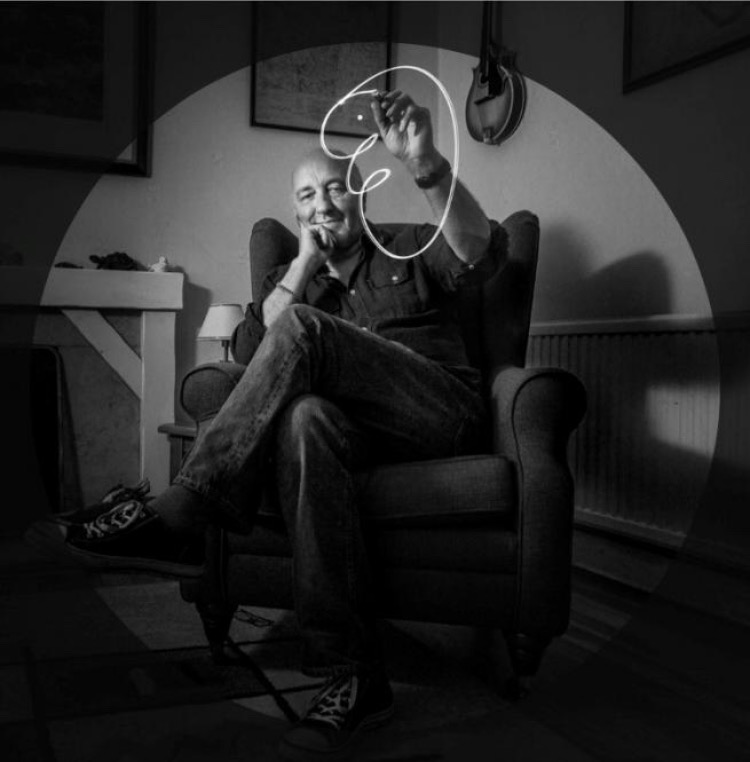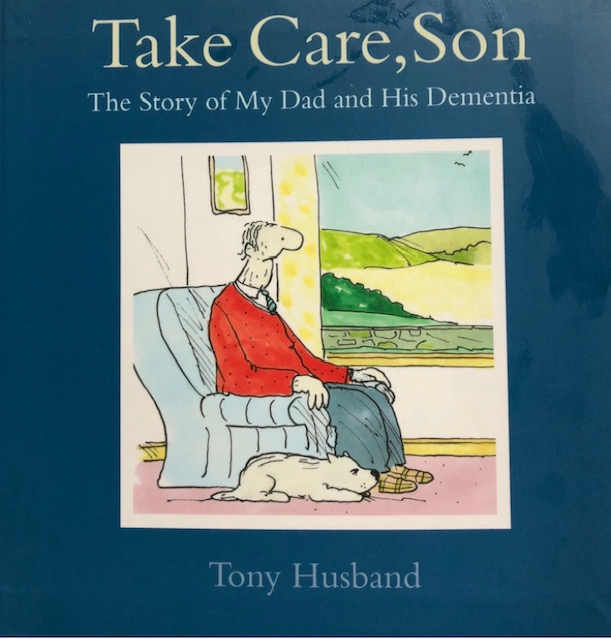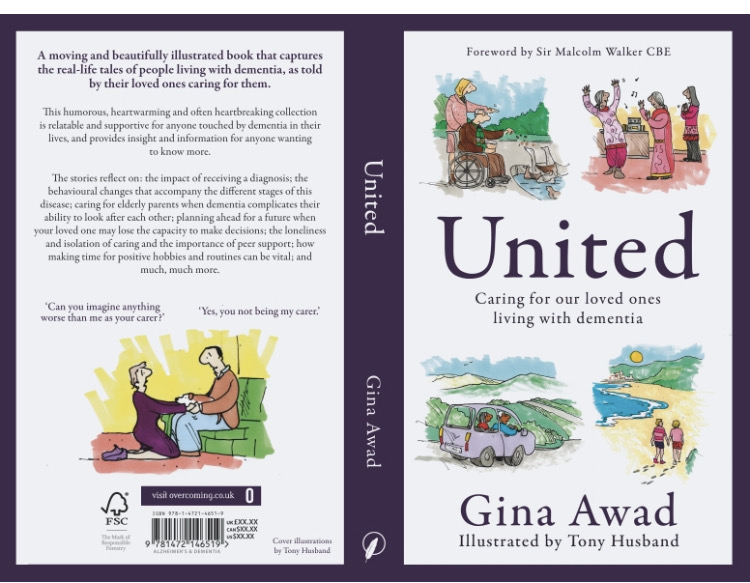Wallace & Gromit ‘The Wrong Trousers’ © 1993 Aardman / Wallace & Gromit Ltd
“Wallace & Gromit: The Wrong Trousers turns 30!,” commemorating the 30th anniversary of Aardman Animations “Wrong Trousers” at The Cartoon Museum has become a smash hit among our past exhibitions, drawing visitors of all ages since its opening last September. One of the highlights has been the display of the exhibit is the showcase of Wallace & Gromit memorabilia from private collectors, a testament to their enduring popularity.
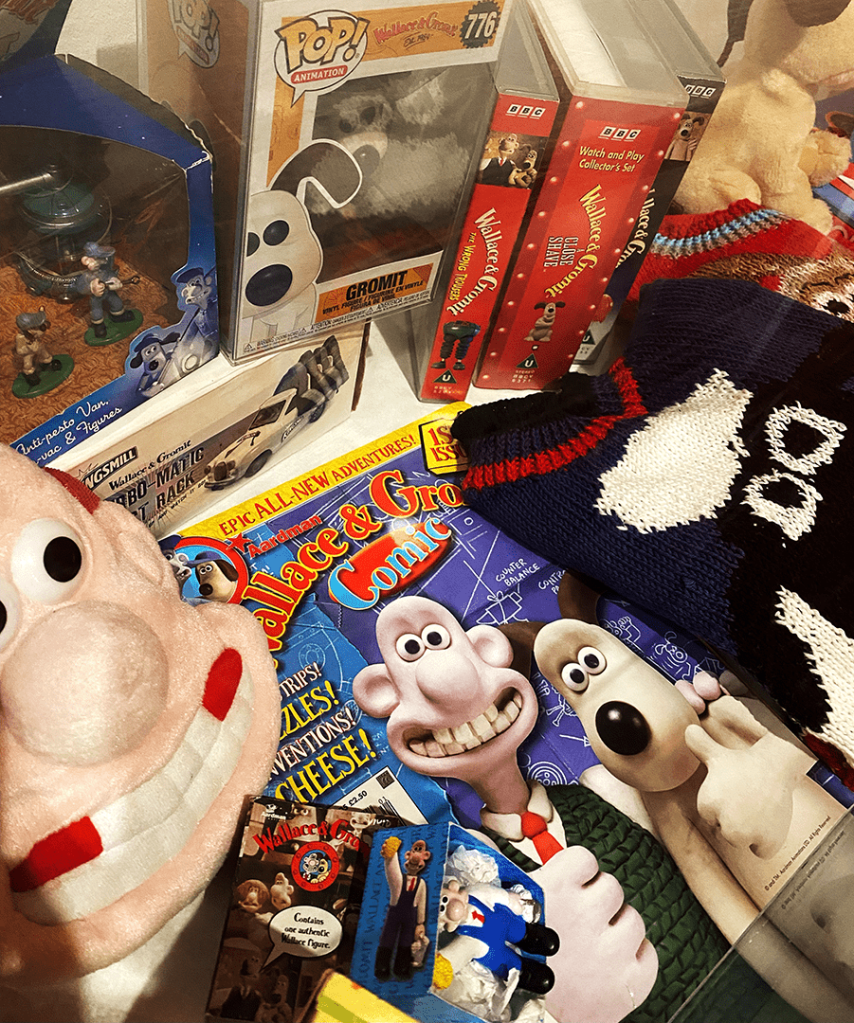
Back in the 1990s, a Guardian article highlighted Wallace & Gromit as a prime example of international merchandising success, generating a staggering £50 million in annual profits. Even now, the limited edition items fly off the shelves of our museum shop. (Fun fact: Items featuring Wallace & Gromit’s mischievous house guest penguin, Feathers McGraw, in ‘The Wrong Trousers’ have outsold Gromit himself. Oh, Gromit…!)
Merchandise plays a crucial role in Wallace & Gromit’s legacy, but the challenge lies in collecting and displaying the past 30 years of merchandise that has become increasingly rare. While contemplating this, our Marketing and Communications Officer, Khadija Osman, came across stand-up comedian and PEZ collector Luke Poulton, whom she follows on TikTok. Luke’s frequent posts about his deep fascination with Wallace & Gromit’s franchise sparked our interest, and we wasted no time reaching out to him. We were fortunate enough to borrow some pieces from Luke’s valuable collection, which has now become an integral part of our exhibition. Luke’s collection adds a personal touch to the objects, inviting visitors to imagine the connections between these cherished pieces and the countless fans who have adored the extraordinary duo over the past three decades.
We recently had a lovely chat with Luke, discussing his love for Wallace & Gromit and how his passion for collecting began.
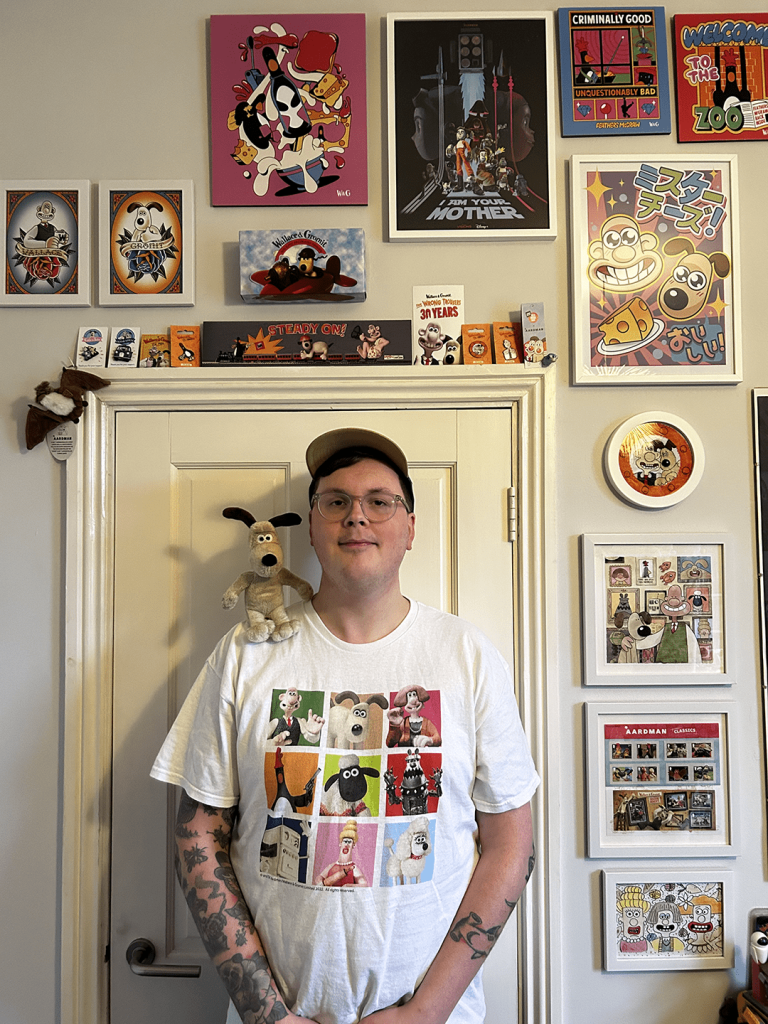
Luke Poulton
Luke Poulton is a standup comedian who is autistic, in his comedy he tells stories about his life. He is also a massive Wallace & Gromit fan and makes online content all about his love for the iconic duo.
TikTok https://www.tiktok.com/@veganluke
Instagram @veganluke https://www.instagram.com/veganluke/
Facebook https://www.facebook.com/lukepoultonstandup
What are your first memories of Wallace & Gromit?
My Dad showed me A Grand Day Out when I was little, getting to see The Wrong Trousers and A Close Shave as they were released on television and my Dad also bought me the Wallace & Gromit modeling kit in 1995 where you could build Wallace, Gromit and Feathers McGraw.
When did you start collecting Wallace & Gromit merchandise?
I had quite a few bits as a kid and then when I was in university in 2011 I began collecting bits here and there and I’ve been collecting more ever since.
How do you manage your various collections? When you find yourself accumulating too much, what’s your approach to handling it?
I recently had a bit of a clear-out to make more space for my Wallace & Gromit collection and Aardman things too. But I also put stuff out that I really want to display and keep something in a box and will display a different item every now and again.
Could you highlight three amazing, unmissable items from your collection that are on display at the museum?
A Close Shave VHS that comes with figures, The Wrong Trousers train chase ornament, and a Wallace & Gromit photo signed by Nick Park. The A Close Shave VHS adds even more fun to the film as with these figures that came with it, you were encouraged to play along with the film and I remember having the figures when I was a kid. The Wrong Trousers train chase ornament is incredibly iconic because of how perfect that scene is and what a lot of people remember the film for. I chose the Wallace & Gromit photo because this is signed by Nick Park the creator of Wallace & Gromit and one of my favourite items I have in my collection.
If you had a time machine, is there any Wallace & Gromit merchandise from the past that you’d love to acquire for your collection?
I’d loved to have been able to get my hands on the Bluebird sets which are very similar to Polly Pocket. They were released in 1997 and are very hard to get hold of now. Boots also released so much incredible merchandise in the 90s too including bubble baths with figures on top.
How did you feel when the museum asked to showcase your Wallace & Gromit collection?
Incredibly happy, I love Wallace & Gromit so much, and being a part of an exhibition like this is incredible.
The Wrong Trousers has been one of the most successful exhibitions the Museum has ever had. What makes Wallace & Gromit so timeless and appealing to all generations, even after over 30 years?
I think it’s the fact the films still hold up so well and children and adults can find something they love about this fantastic duo. The whole story of The Wrong Trousers still feels relevant with all the heist movies we have had and Feathers McGraw is still one of the best villains. I think it’s so popular all around the world because of its fantastic stop-motion animation. It’s also a film that has so much going on, mixes genres together, and has a story you can really invest in. I think with Wallace being the main speaking character in the first two films and other characters just being known by facial expressions the films can connect with people so easily.
Finally, who is your favorite – Wallace or Gromit?
This is a hard question to answer because I love them both so much but I’m going to have to say Gromit. He’s such a perfect character who doesn’t say a word but gets everything across with his brilliant facial expressions.
By Haruka Katsuyama
Exhibition/Wallace & Gromit: The Wrong Trousers turns 30! is on until Tuesday, 16 April
https://www.cartoonmuseum.org/whats-on-exhibitions/event-four-53tyl
Meet Luke:
Luke will play standup comedy at our evening event , Thursday 11th of April. For more information, visit our website:
https://www.cartoonmuseum.org/whats-on-events/wallace-gromit-the-wrong-trousers-turns-30-late
Want to collect W&G goods?
If you’re interested in collecting Wallace & Gromit goods like Luke, check out our shop.
A lot of the products are currently exclusive to The Cartoon Museum, such as the limited edition print, the T-shirts, and the Lollipop. (The special thing as well was knowing that when Aardman Animations approved the products, Nick Park cast an eye over them too and helped decide between two designs!)
You can see everything here!: https://cartoonmuseum.shop/collections/wallace-gromit-30-years-of-the-wrong-trousers

